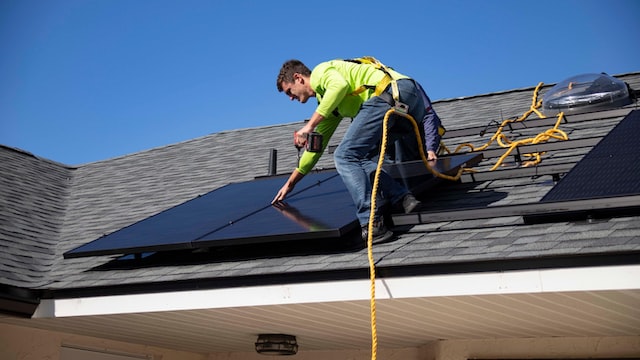By now you would be hard-pressed to find a South African who is not familiar with the terms Stage 1-6, load shedding, or even the tongue-in-cheek, Eish-kom. All of these are used to describe the instability of the national power grid.
While we have come to accept the unfortunate reality of power supply interruptions, reports suggest that load shedding Stage 2 or 3 could be guaranteed for the next two years. In this scenario, we are in for a bumpy ride. Many people are investing in alternative power supplies like inverters, generators, UPS batteries, and even solar power to keep the lights on, which has now become even more attractive given the government’s recent introduction of a solar panel tax incentive for individuals.
Many financial institutions are offering finance for solar power, which makes it more easily accessible. If policyholders install such a system, we require that they inform us. The sum insured needs to be adequate. Many policyholders often do not insure them at the correct value, which means that if they experience a loss, they would not be able to replace it with the new replacement value of the item insured.
A movable power solution must be covered under the contents section of a policy, and fixed or non-movable solutions (like a UPS) must be insured under the building policy.
A trend that the insurer is seeing is an increase in fire claims, likely either from heat emanating from the system, or incorrect installations. While the policyholder is entitled to use an installer of their choice, ensure that the installer has experience and qualifications. We recommend that all policyholders undertake the necessary due diligence and research before hiring an installer.
I advise against using your insurance policy like a maintenance contract. You may have both household contents and buildings cover under your insurance policy, but this does not mean that you would be able to claim for solar panels that no longer store as much energy as they previously did when they were brand new, given a demise in batteries. This would be classed as “wear and tear” and not qualify as an insured loss event.
It is important to be mindful that if you have solar panels fitted, and you live in an area where there is a risk of hail, your need for insurance may be greater than what you previously considered it to be. If you live in an area prone to hailstorms, think about whether you have adequate buildings insurance cover in place, as any loss event to your solar panels would likely be covered by this policy. If you had no cover in place previously, now is the time to consider it.

